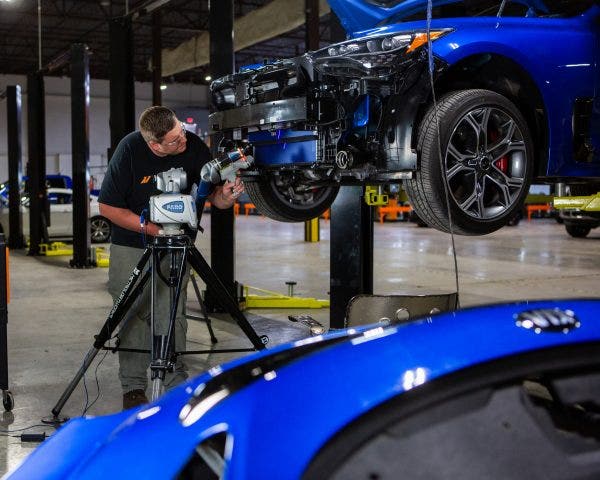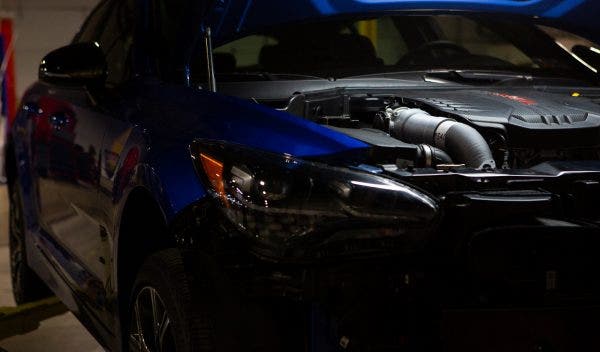
Float Like a Butterfly, Sting like a Kia? - Performance Intercooler Kit R&D, Part 2 - Intercooler Design Plans
It's almost against the laws of nature to see a calm, serene pond and not want to throw rocks in it. I'm sure you get where I'm coming from. In this case, that pond is the proverbial state of the luxury sedan market, and here comes Kia with the biggest rock that it can find. That rock, the Stinger GT.

Where the Stinger made a big splash on its own, we want to make sure the ripples make their way around the pond. Basically, the Stinger rolled off the assembly line with some serious potential, but there's still room to grow, specifically when it comes to the intercooling system.

As we covered in our last post, the Stinger's stock intercooling system isn't quite up to snuff for the 3.3L V6 with turbocharged backup. In the age of forced induction, tunes and maps run the world, and stock intercoolers can't keep up. Our engineering team is already on the case to give the Stinger GT's intercooling system a little more breathing room.

Increasing size is step one when it comes to effectively exchanging heat. Larger volume and surface area allow for more ambient air to whisk away the heat created from pressurizing the air, and that's exactly what we did.

Where the stock core was already sizable, even for a stock unit, there was plenty of room to expand into. In its current state, our tangible intercooler design is just the outline of the heat exchanger to come, but the size isn't the only upgrade. Our core design will be leaving the tubes and fins behind for bars and plates. This heftier core construction does mean a few extra pounds but better efficiency when it comes to dissipating heat.

Flow through the system is equally as important as cooling capabilities. The more direct path the charged air has, the less pressure lost from turbo to throttle body. The stock end tanks made a 90° bend through a small inlet to reach the core. Our plan is to smooth that bend. After some CFD computations, our engineer devised our new end tanks that greatly reduce the angle of the airflow while increasing the inlet and outlet size. On top of that, we're ditching the mix-matched pipe connection methods.


When it comes to the pipes, I'll start with the bad news. No, our intercooler isn't designed to couple to the stock piping. However, that means our intercooler will include an overhauled piping kit as well. Make sure to check out what we have in store for the Stinger's intercooler piping.

Thanks for Reading!
-Nick




